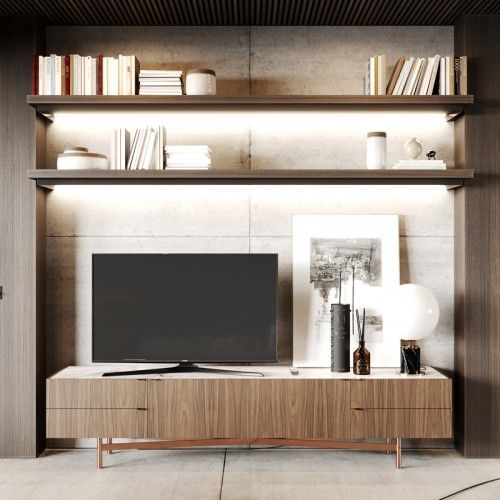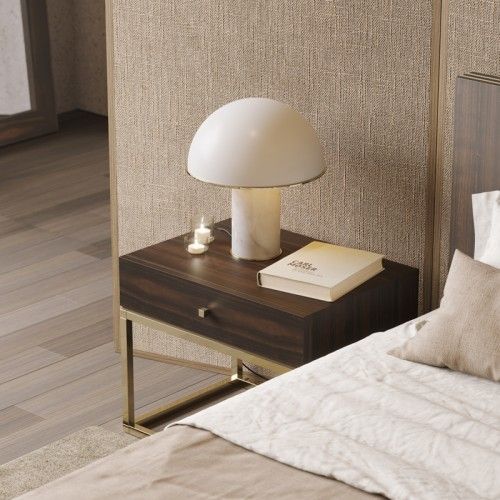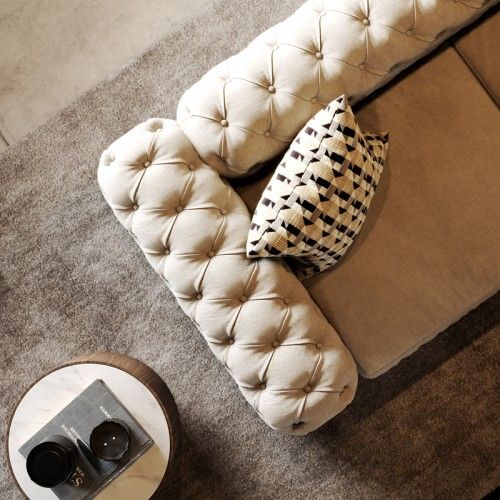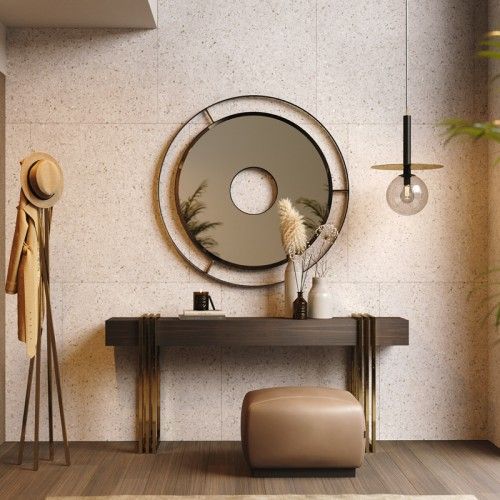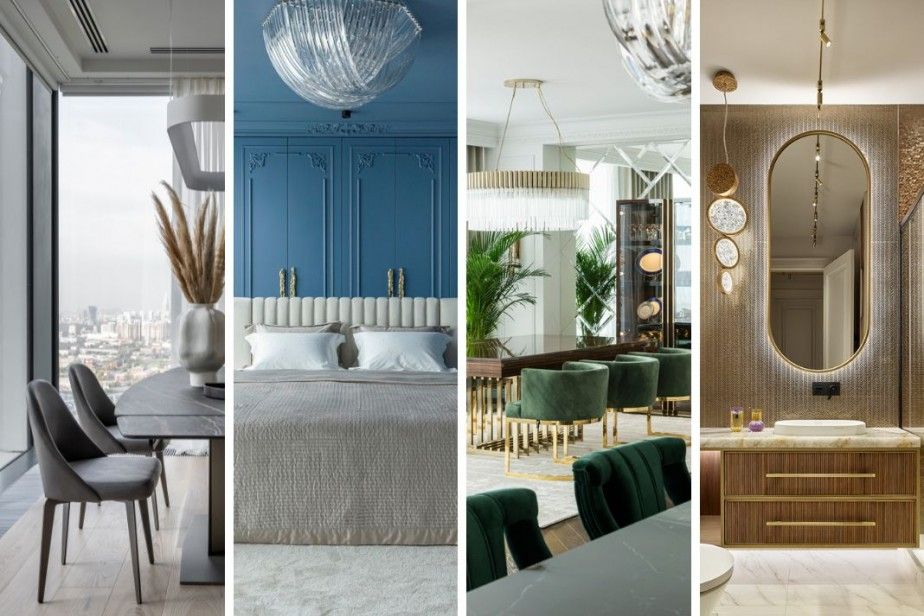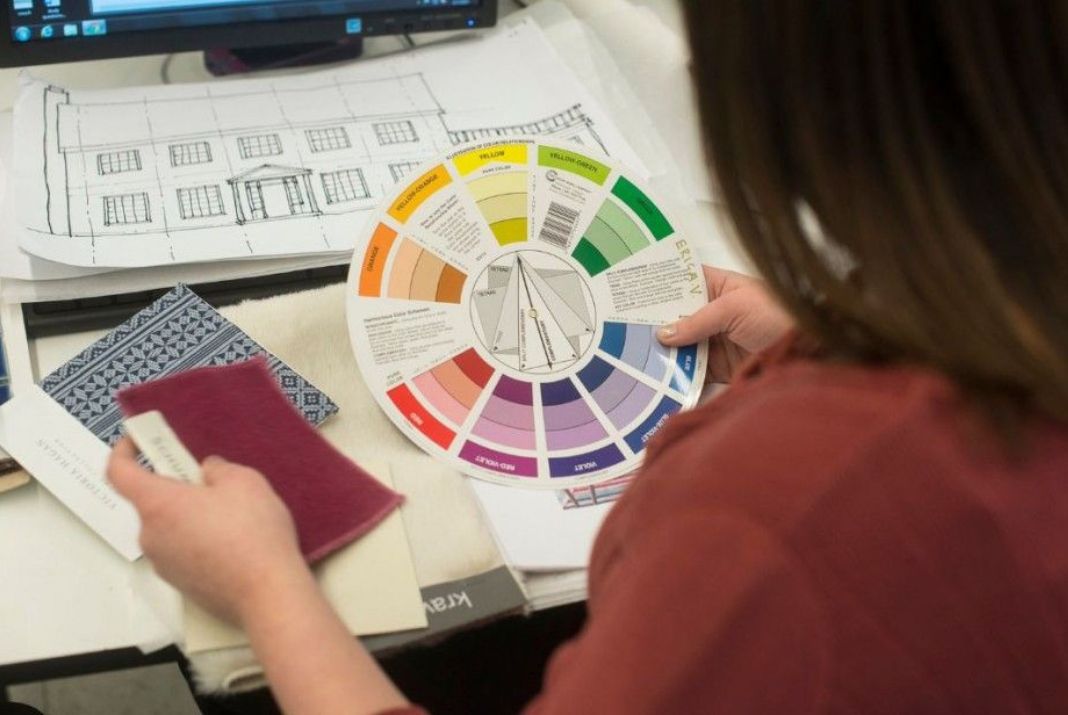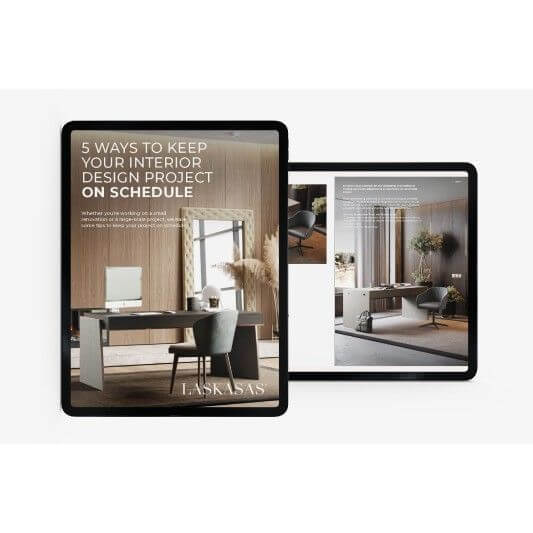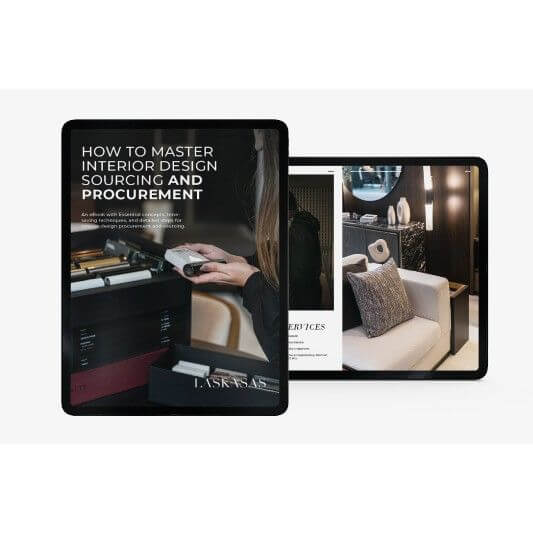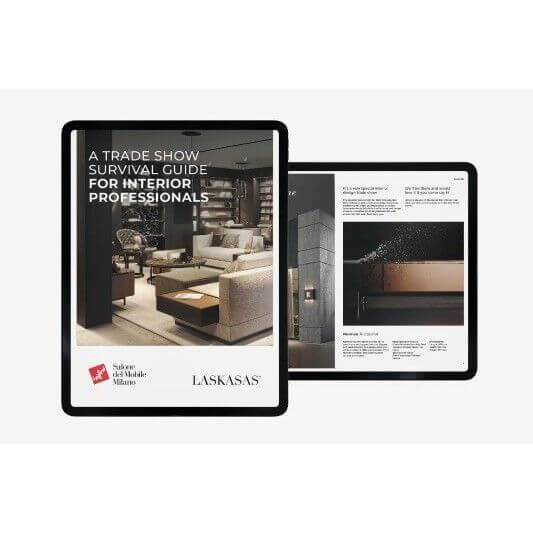The interior design world is highly competitive. If you want to make a difference, you must keep improving yourself as an interior design professional. Keep reading to learn about a few red flags that you shouldn’t ignore if you want to improve.
Why should you care to become a better professional?
In any sector, technologies and best practices are moving and progressing, making it critical for both new and seasoned professionals to continue developing their abilities and sharpening their expertise.
1. You are the Professional
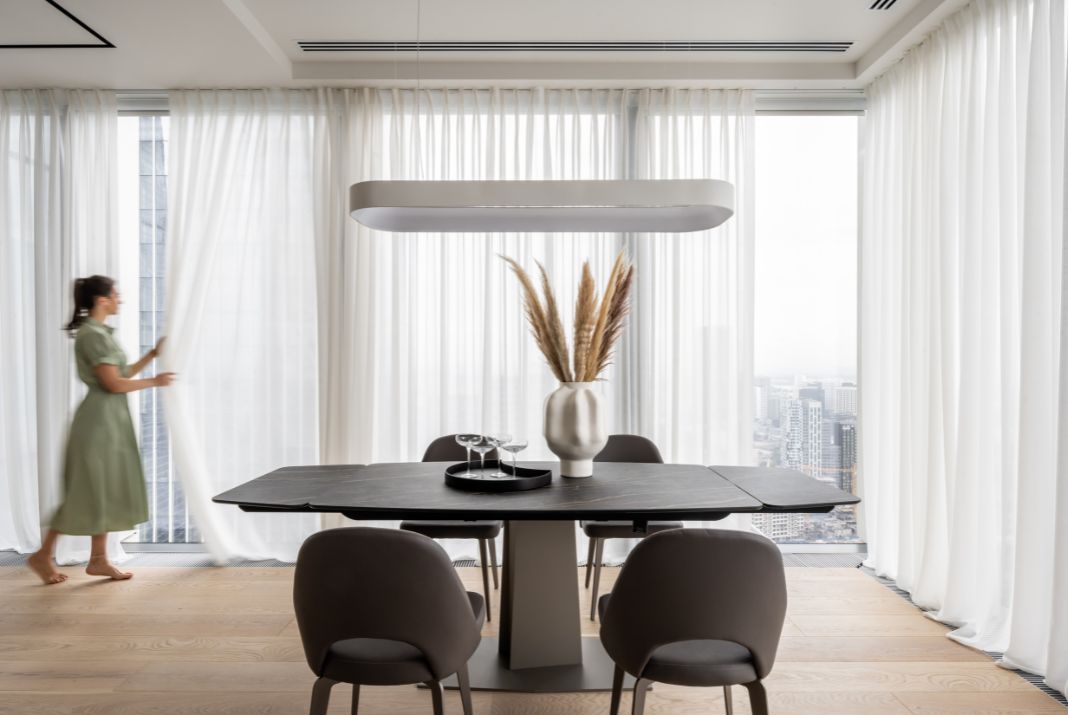
Have you ever been in the middle of a project with a customer that has entirely taken control of the process and the conditions of engagement?
The finest projects are completed when clients are adaptable, recognize you as the expert, and, most importantly, trust you.
Certain customers may approach with a slightly more dominant attitude and attempt to get discounts. It is natural for them to do so, but it is up to you as a professional to set the boundaries of what you can and can’t do. You must draw a line that cannot be crossed.
2. Learn to be Flexible

Now more than ever, being flexible is critical to a successful project. Yes, you have the skills, and you can set timetables and product availability expectations, but you can't accomplish it all by yourself. There are so many factors of a project that you simply cannot control.
Embrace what you can’t control, accept them, and learn to be more flexible towards your expectations. If a supplier is having problems with the delivery try to understand what is happening, find ways to solve the issue at hand, and don’t just simply walk away.
3.
Patience
Some clients can test your endurance and patience. But don’t ever feel that you are alone, everyone has problems within their line of work. After years of experiencing and listening to our own interior designers, we know a few “typical clients” that you may find.
- The Ridiculous Timeline Client: Some clients request ridiculous timelines, reflecting a blatant lack of understanding of the subject. You just must show them a more rational approach, for example, some previous projects and the time it took to complete them.
- The Expert Client: Do you know anyone who knows everything? When dealing with a "Know-it-All," they are likely to be controlling and rigid, making it difficult for you to keep control over their project. The keynote here is to learn to talk to them calmly.
- The Indecisive Client: Sometimes you can delay almost indefinitely your project because you are waiting on a decision that is out of your control. We had an interior designer that asked for our sample box because he had “a very indecisive client” - this happens to every interior design professional, not just you.
- The Something Came Up Client: That client that cancels at the last minute before the meeting – “something came up”. This is disrespectful and they don’t value your time. It’s up to you what to do in this situation but don’t ever lose your patience. Always be polite.
Take a deep breath, and don’t just lose your patience, or you might lose more than that (your clients and reputation). Patience was always a virtue and nowadays more than ever.
4.
Engage with your Clients

The finest results are obtained when your clients are actively involved in the process. If you have trouble getting responses from them, it can significantly slow the process, which harms both of you. That being stated, your client most likely hired you because they are short on time. Streamline your communications to make it easier for them.
Every person is different, so you need to adapt your communication skills and learn the best ways to talk to each client.
5. Preparation
Being prepared is essential for advancing in your career. To accomplish so, you must increase your perception and anticipation skills. Having solid relationships with your suppliers can have a significant impact on project success.
Laskasas offers expert assistance from the beginning to the end of your project. Our trade project specialists can provide the greatest assistance throughout our customization process.
6. Refresh your knowledge
You need to always be ahead of the curve in your market. Take some classes, refresh your mind and interior design skills, and learn what tools the younger interior designers are using, and what is trending.
7. Be a Leader
Interior designers are project managers. They must lead a group of individuals and keep them engaged throughout the project to ensure its success. Each stage of the project may have a different requirement, whether construction, remodelling, or coordinating with vendors.
To have complete control over all elements of the business, it is vital to multitask, create boundaries, and lead by example.
8. Improve your Soft Skills
Communication: You must have great communication skills because you will need to speak with clients, project managers, contractors, supervisors, vendors, and workers at various stages of a project's development, from design to execution.
Body Language: Before all communication migrated online, we had no idea that our messages were largely delivered by nonverbal signals. As video calls have become more common, you must make a conscious effort to consider the message you are expressing with your on-screen body language.
Critical Thinking: Interior designers must constantly assess difficulties objectively, whether they are dealing with building and remodelling obstacles or working with a blank slate. Successful designers continuously reflect on their previous knowledge and apply it to produce practical, usable designs. Critical thinking is essential
9. Diversity is important
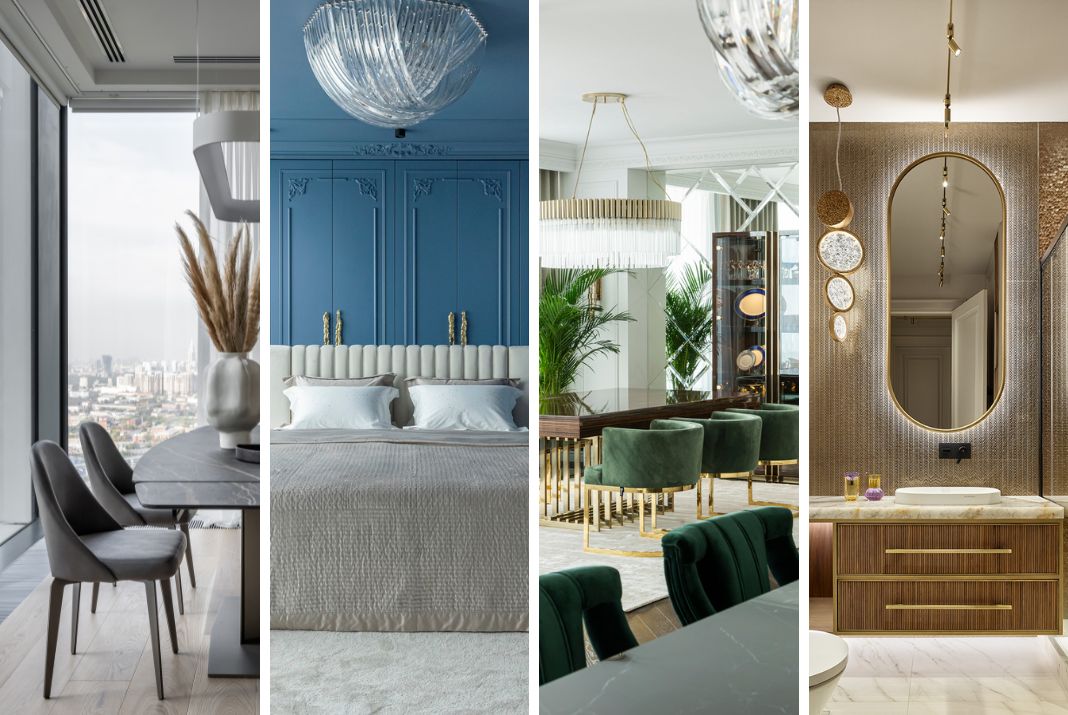
Diversity in style is the cornerstone of long-term success. As an interior designer, you may have come across multiple clients who have a different view than yours. Some clients may expect you to emulate their thoughts and execute them into functional design.
To do this, you must learn how to embrace a diverse range of design styles, even those that may not be up your alley.
10. Join Trade Programs
As you might know, most of the profit that interior designers make on a project comes from their furnishing deals with furniture brands and not their actual design time.
Many furniture brands offer trade accounts for interior designers by application. If their application is accepted, the interior designer receives a percentage of the suggested retail price when shopping with that Brand. Some brands offer the same discount no matter how much you buy.
We value your business and think you deserve special treatment if you are a devoted customer. So, we offer our Designer Trade members a tiered discount system and special conditions.
